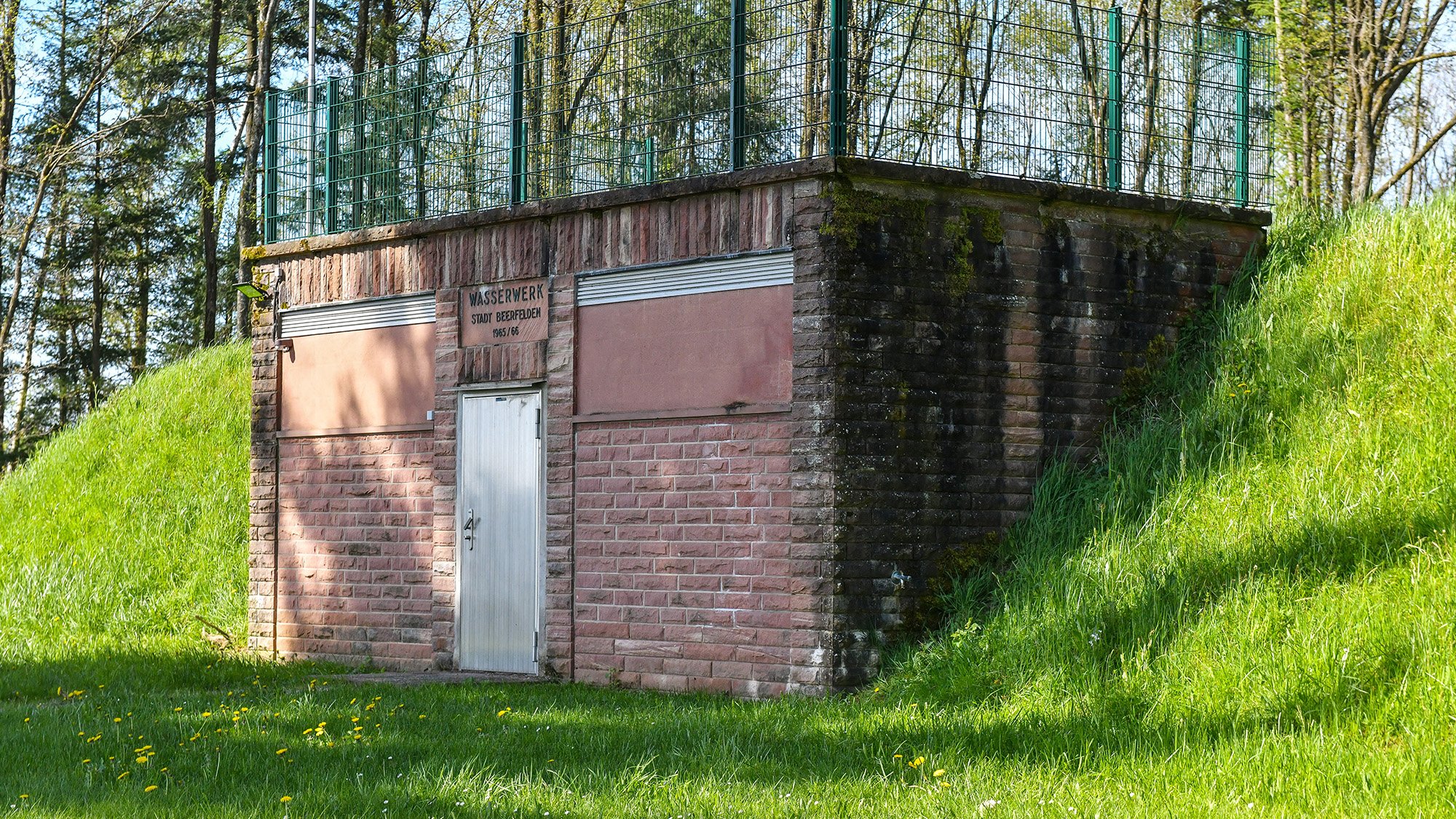


We support you with our products and solutions for every level of infrastructure automation.
Decentralized Infrastructure Automation
Companies are focusing on decentralized infrastructure automation more and more. When monitoring system systems – whether distributed production facilities, power grids, transport systems or energy systems – remote signals can be recorded in a wide variety of applications and integrated into an IT infrastructure. One example: recording data in waterworks.
Recording Data in Waterworks
The data is often widely distributed, and certain areas lack reception. Highly qualified employees often spend hours driving just to read out simple measured values, such as levels and volume flows, and record them in government-mandated reports. In a joint project with Endress + Hauser and the Oberzent water supply system, LoRaWAN has provided the communication, thus allowing automated data collection. With the flexible gateway of the WAGO IoT Box, recorded signals can be passed on to an IT infrastructure.

The infrastructure automation at the company’s site has many different parts and covers many different areas. Discover our solutions for automation in the following domains:
Whether in production, logistics or storage – the future of the digital factory is automated! By thinking about the future now, companies can fully exploit the potential of automation.
The possibilities range from improving quality, to saving time and money, to conserving resources for people, machines and the environment.

Digitization forms the basis for process optimization in production systems: First, machine data from decentralized, distributed systems must be collected across locations in order to analyze and ultimately optimize these systems over the course of time. The pre-wired WAGO IoT Box is used to quickly and easily implement solutions for individual machine requirements.
It also offers simple, cost-effective, system-specific expansion with I/O modules. This has the advantage that data such as production quantities, reject quantities or setup quantities can be recorded directly at the machine. In addition, open IT interfaces to existing ERP systems are available for users. The firewall integrated into the device, along with comprehensive cybersecurity protocols, ensure integration into existing systems – so-called brownfield projects. Depending on the project requirements, the system operator receives all the necessary information about the correct production process directly at the machine via a WAGO Touch Panel. Advanced functions, such as scanning the correctly installed tool or the material for the current job order, can be implemented via standardized IEC 61131.3 logic, allowing process optimization at the machine level.
Cloud connectivity is also an advantage for companies with production sites around the world. Customized dashboards not only allow greater transparency, but also provide current production status information. This allows early detection of malfunctions or anomalies.
On-site automation presents challenges for companies when it comes to intralogistics. Materials need to be staged, processed and transported to the right locations. These steps require not only efficient planning, but also – and especially – optimization through automation. In addition, the environmental conditions need to be monitored so they can be adjusted to the demands of all the process steps. One example comes from status monitoring of pumps to allow proactive planning and execution of pending processes like maintenance.
For optimization in the process engineering industry, it is essential to monitor a wide variety of fill levels in the tank farm and check the actual volumes against the incoming orders from SAP. Safety is important: The large number of safety-related processes require close attention, especially for tank loading.
To achieve this protection, the WAGO IoT Box allows all parts of the system to be linked together. As a component of the IoT Box, the integrated WAGO Controller PFC200 is an intelligent gateway that establishes communication between systems on the equipment side and performs the integration on the IT side. With its high degree of flexibility, the controller offers two different approaches: The scalable system can either be used as an individual component to expand existing control cabinets or be supplied as a complete system solution in the form of a ready-made IoT box. Via the system’s floating contacts, the WAGO PFC200’s input modules detect the signals, and, in case of danger, the output modules activate signals such as warning lights, speed cameras or horns during tank loading.
Many factors play a role in production optimization. The first step involves keeping an eye on the current machine status at all times. To perform an analysis for machine optimization, it is also necessary to link to the IT system and use it to provide current information from different user groups.
This is where the WAGO PFC200 comes in: With a wide variety of interfaces on the OT and IT levels, the WAGO PFC200 connects the two worlds. On the OT level, different I/O modules are available on the hardware side for the signal connection to the system. Additional advantages include a compact design and scalability. This allows individual, system-specific, cost-effective hardware data acquisition. As a retrofit solution, it is easy to expand at any later time. The CODESYS programming environment per IEC 61131-3, allows system functions to be programmed specifically so optimization measures can be added to the logic at the system level.